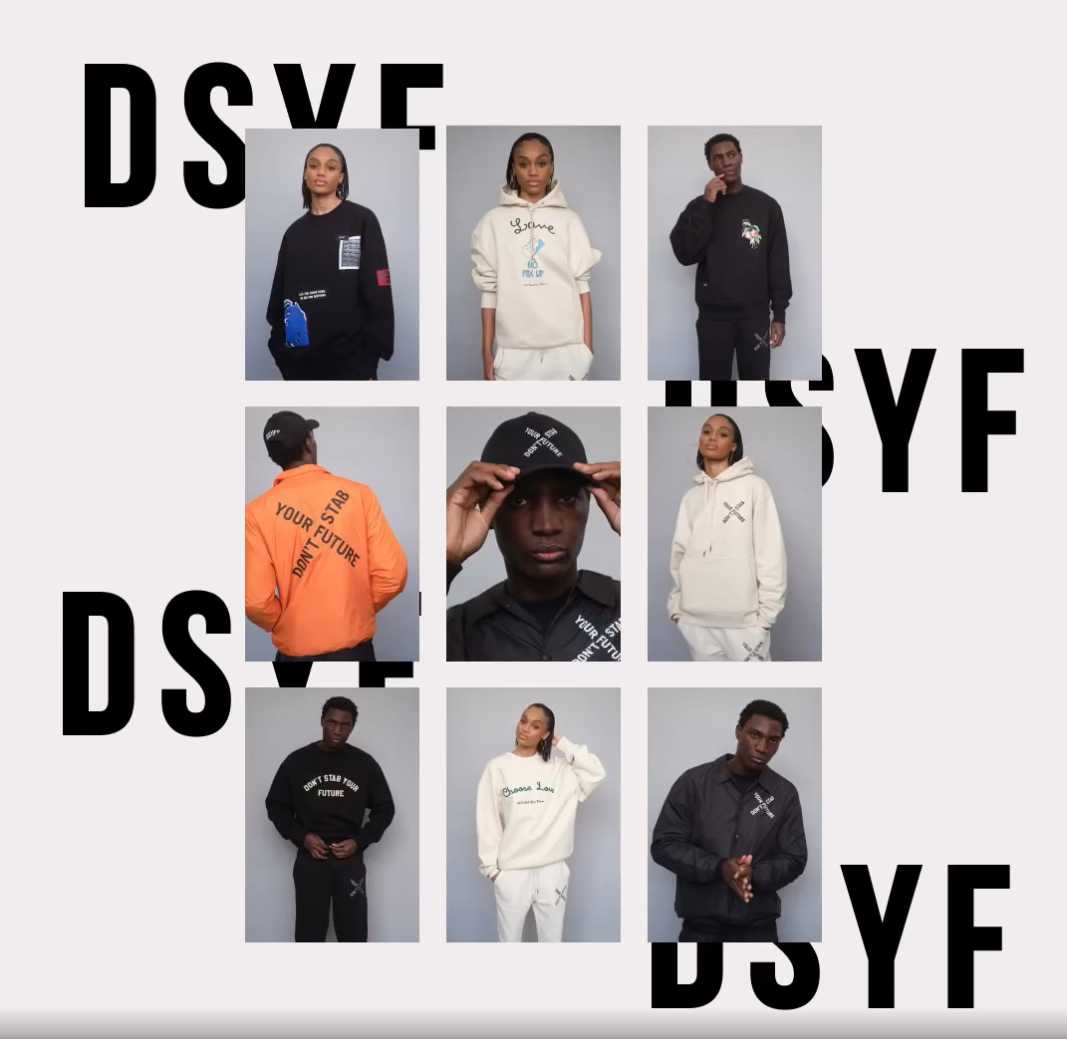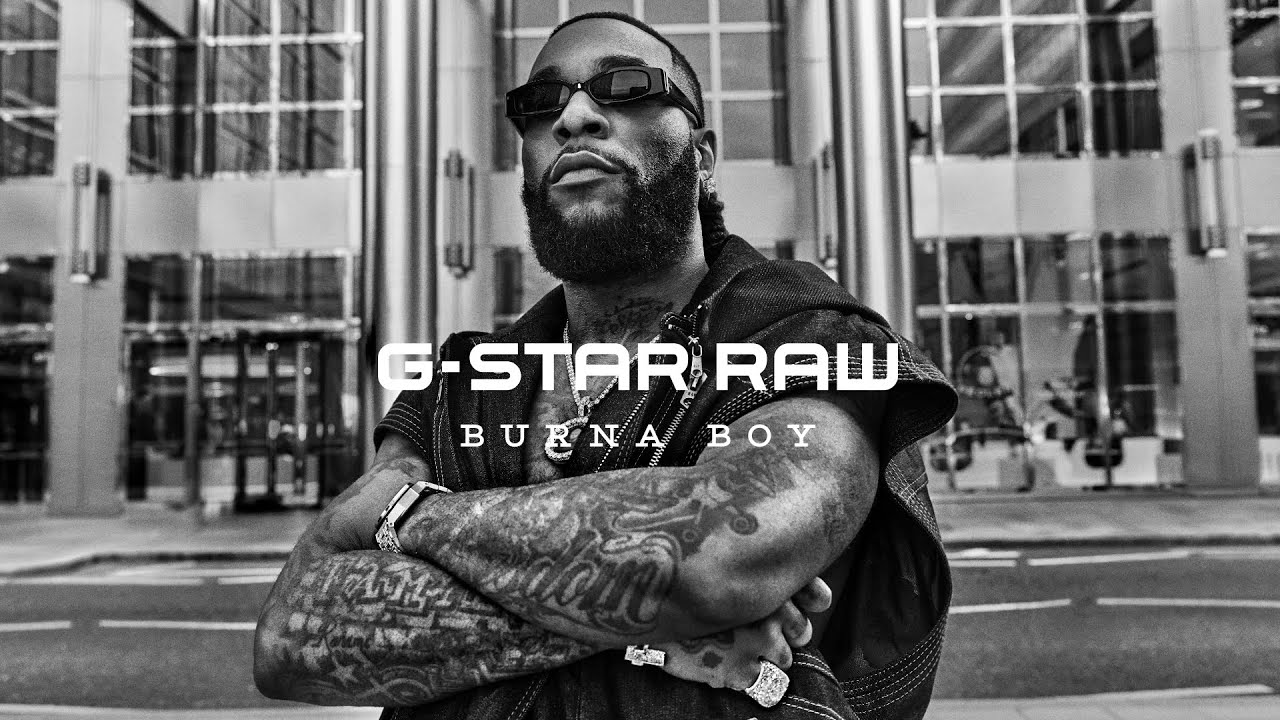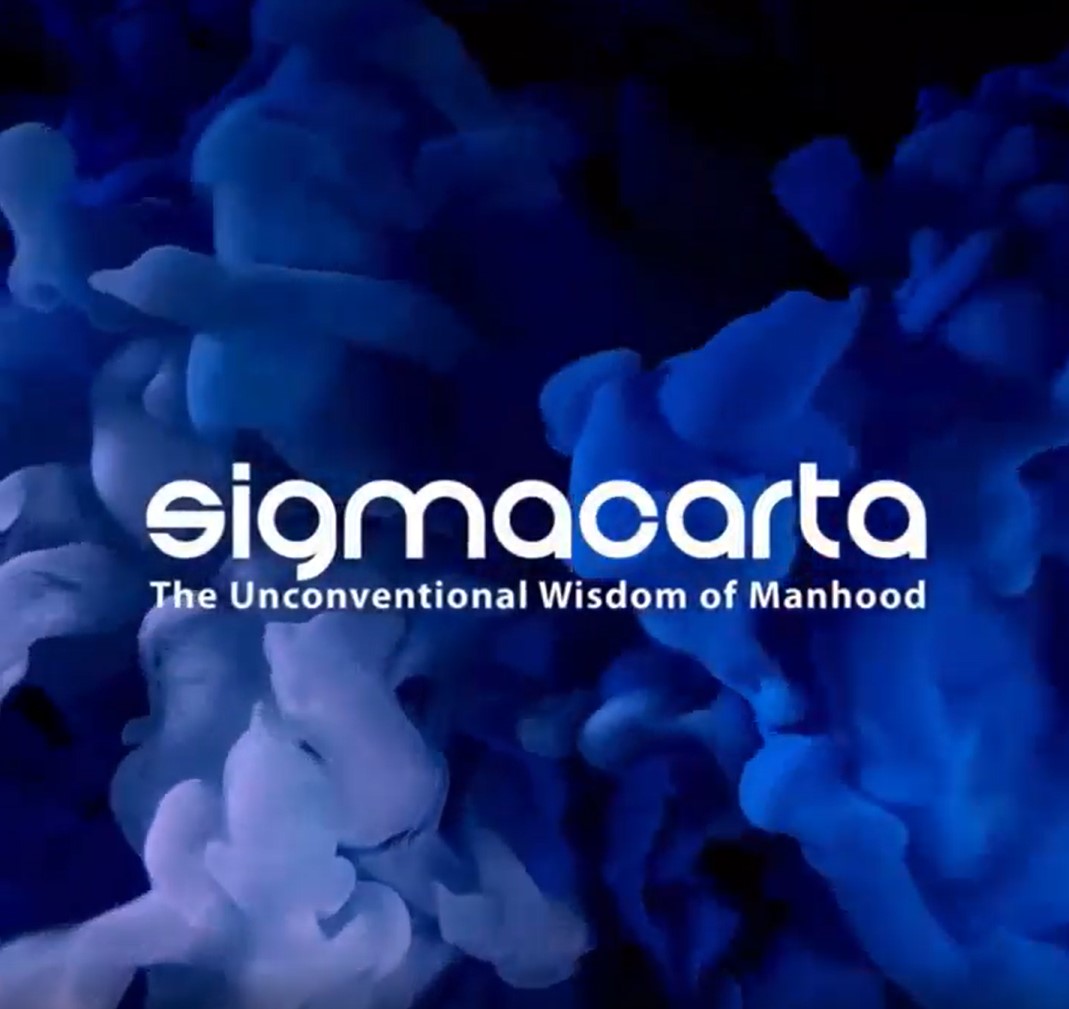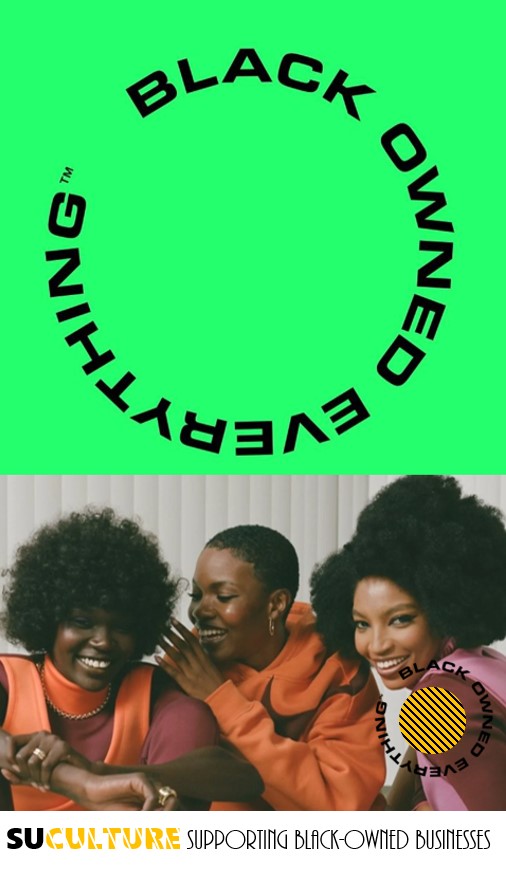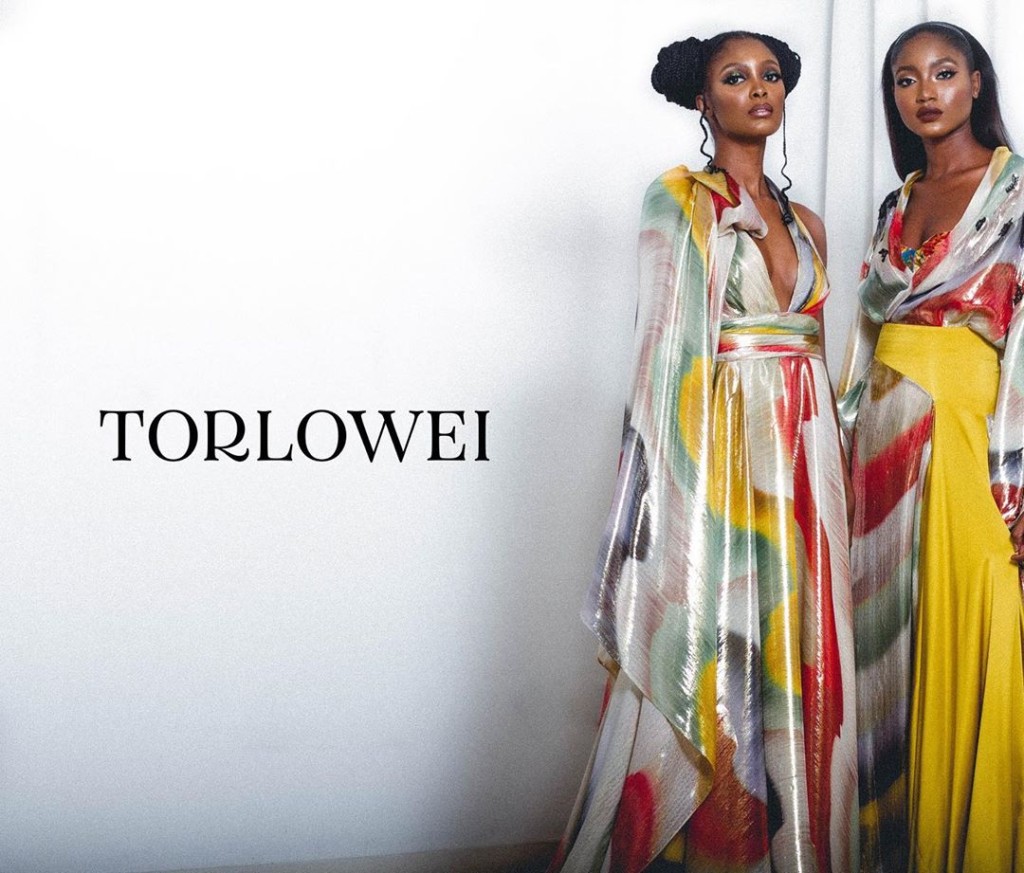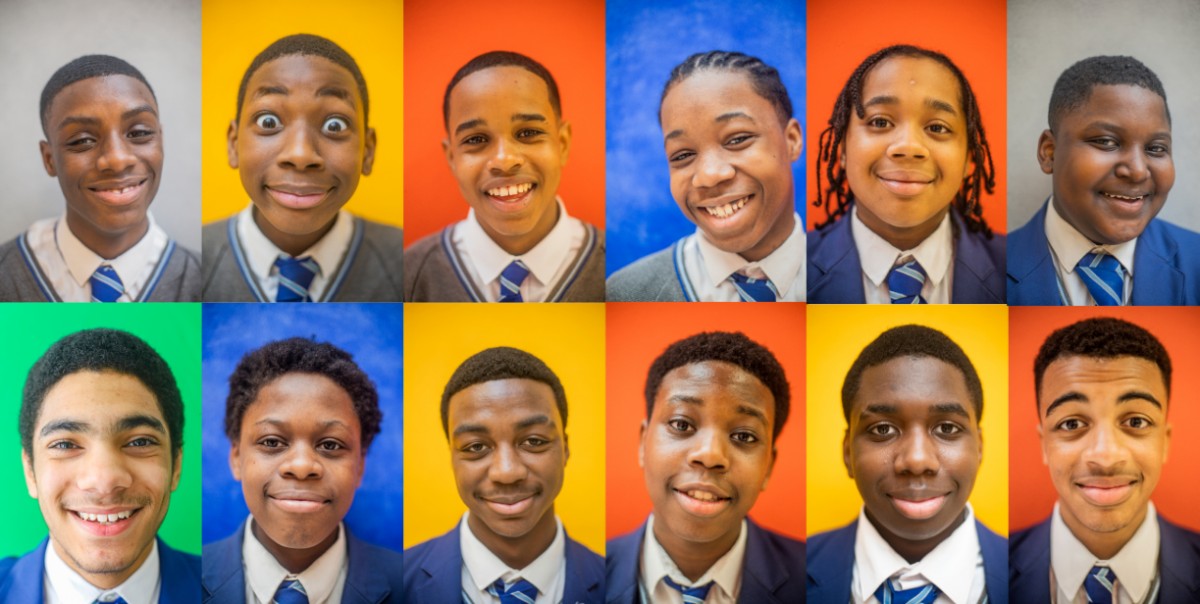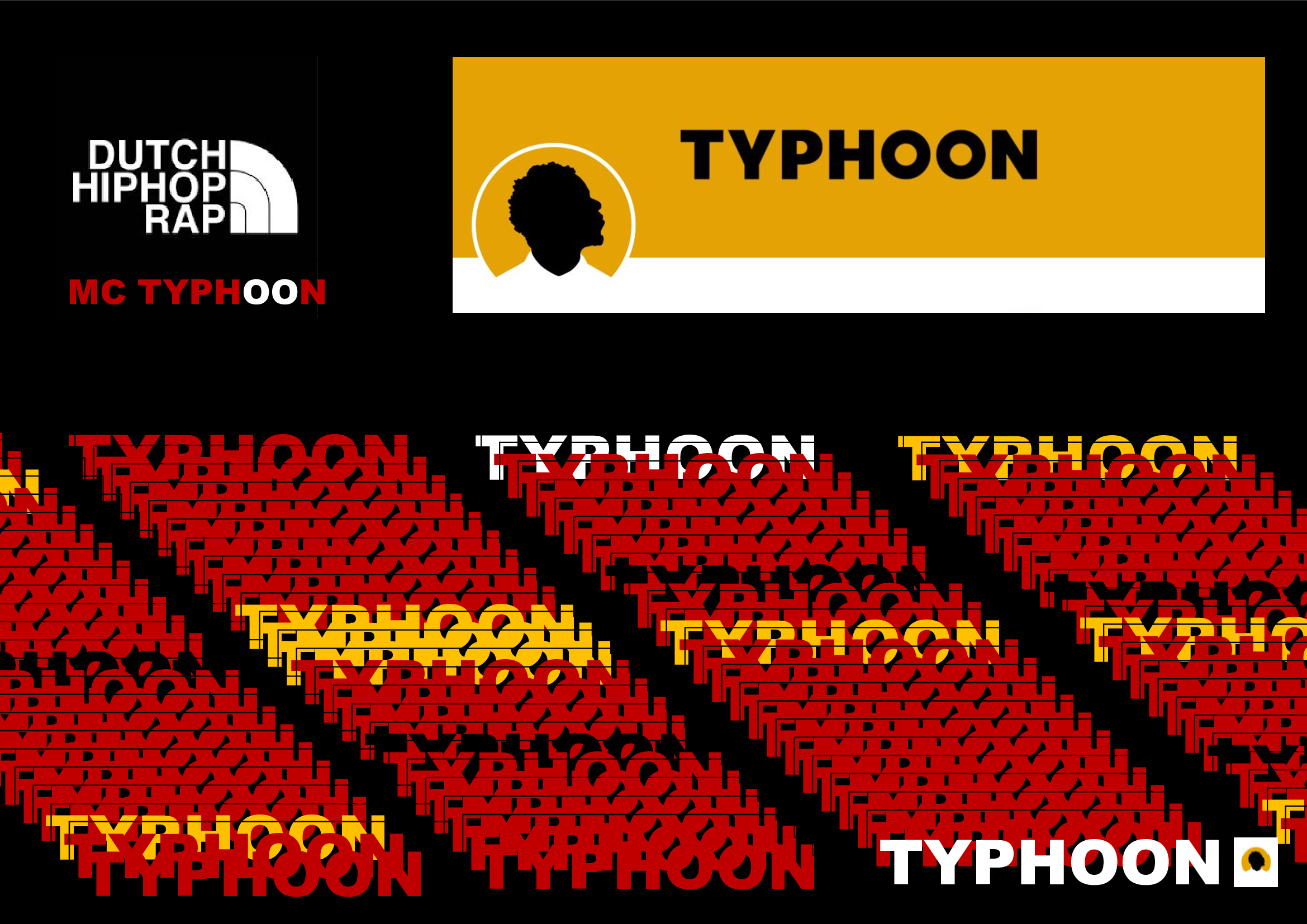-
MwandishiMachapisho
-
-
The Super Bowl
Halftime Show as
Spectacle and
Subversion: A
Critical Analysis
of Kendrick Lamar’s
Performance:
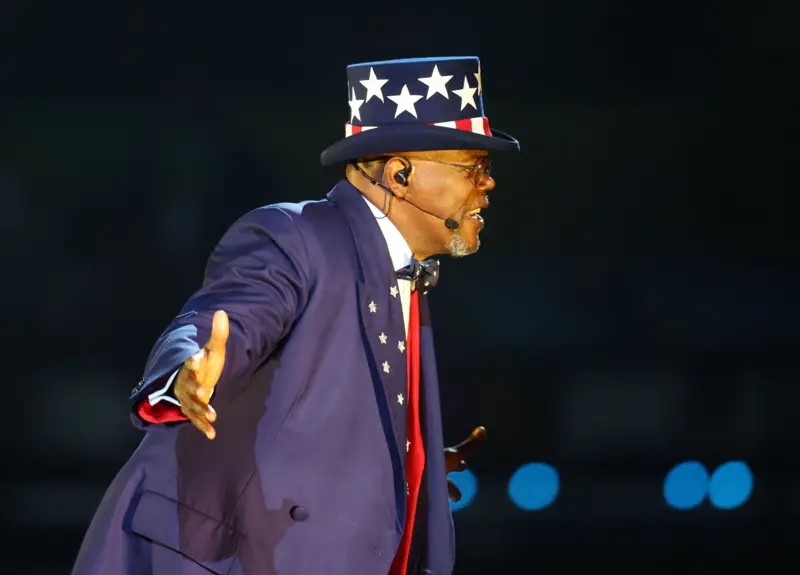
The Super Bowl halftime show has long functioned as an emblem of corporate spectacle — a meticulously choreographed and highly commodified cultural moment designed to draw in non-sports audiences and maximize advertising revenue. Yet, within this space of commercialized performance, moments of subversion have occasionally emerged, challenging the limits of what mainstream entertainment can accommodate. Kendrick Lamar’s 2025 halftime performance, with its rich symbolism, nuanced interplay between high artistry and popular appeal, and pointed cultural references, offers an opportunity to examine the intersection of music, politics, and spectacle in the most commercialized of settings.
W.E.B Du Bois Critique of Pomp and Ceremony: The Halftime Show as Manufactured Spectacle.
Du Bois’ theory of forms posits that for every earthly object or concept, there exists an ideal version of it. The Super Bowl halftime show, in this light, can be seen as the perfect form of pomp and ceremony — its ultimate realization as a spectacle designed for mass appeal and corporate profitability. Every element, from the pyrotechnics to the celebrity cameos, is engineered to maximize engagement and ensure a seamless integration into the broader advertising ecosystem.
Historically, this space has produced moments of visual grandeur — notably, Prince’s Super Bowl XLI Halftime show 2007, and even the controversy surrounding Janet Jackson’s wardrobe malfunction. Yet, the halftime show has rarely been a site of sustained or serious artistic engagement. It thrives on digestibility rather than depth, relying on immediately recognizable cultural moments rather than complex artistic statements.
Kendrick Lamar: Prophet or Provocateur?
Kendrick Lamar’s arrival on the Super Bowl stage signaled a departure from this tradition. As one of hip-hop’s most intellectually rigorous artists, his presence alone challenged the halftime show’s conventions. Lamar, a Pulitzer Prize-winning rapper, has long explored themes of systemic injustice, Black identity, and personal introspection in his music, positioning him as both an observer and a commentator on American society.
Yet, as his recent feud with Drake demonstrated, Lamar is not above indulging in the provocations of popular culture. His diss track Not Like Us, while an artistic triumph, is rooted in the kind of celebrity feud that fuels tabloid culture. The question leading up to his performance was whether he would embrace his role as a “prophet,” using the Super Bowl platform for a sweeping socio-political statement, or as a “provocateur,” leaning into the competitive, dynamics of rap culture.
Subverting the Super Bowl’s Narrative.
Lamar’s halftime performance was an ambitious and often esoteric display, blending high-concept artistry with pointed social critique. The presence of Samuel L. Jackson as “Uncle Sam” was a direct invocation of America’s historical contradictions — its celebration of individualism and success alongside its systemic marginalization of Black voices – and, importantly, critiquing the expectation that Lamar would tone down his act for the TV audience for being “too loud, too reckless, too ghetto”. The choreography, with dancers clad in red, white, and blue tracksuits, served as a dual symbol — both an homage to national unity and a nod to the gang culture that shaped Lamar’s upbringing in Compton.
One of the performance’s most striking moments came when Lamar’s all-Black dance cast formed the American flag — an image laden with significance in a political climate where Black activism has been met with fierce resistance – and further heightening the weight of its symbolism, and underscoring the ways in which even subtle acts of Black pride can be perceived as radical.
The Interplay of Art and Commerce: The Not Like Us Moment.
While the first half of Lamar’s set leaned into abstraction, the performance took a sharp turn with the teasing and eventual performance of Not Like Us. Here, Lamar fully embraced his role as provocateur, making a direct statement against his rival, Drake, while acknowledging the legal battles surrounding the song. His self-censorship of the word “paedophile” suggested an awareness of the Super Bowl’s corporate limitations, yet his delivery remained pointed enough to ensure the song’s meaning was not lost.
The image of Serena Williams crip-walking by a lamppost added an extra layer of personal and cultural commentary, blending rap’s tradition of competitive storytelling with the visual theatrics of the halftime show. By the time Lamar locked eyes with the camera and grinned while addressing Drake directly, the performance had transcended mere entertainment, becoming a cultural flashpoint in itself.
Hitimisho: Beyond the Televised Performance: Unscripted Protest or Planned Symbolism? A New Precedent or an Anomaly?
Lamar’s halftime performance was an exercise in navigating the tension between artistry and commercial entertainment. It undoubtedly delivered the kind of spectacular messaging that defies most Super Bowl performances – it pushed the boundaries of what a halftime show should be.
The performance’s legacy will be remembered as a daring act of not just artistic integrity, but an outlier in a tradition that thrives on mass appeal. What is also certain is that Lamar, true to his ethos, remained an observer, a participant, and a provocateur, leaving audiences with a performance that was deeply compelling.
-
Kendrick Lamar’s Super Bowl halftime performance was one big tease. An intricate buildup, balancing artistic depth, history, story-telling with provocation.
-
-
MwandishiMachapisho
Lazima uwe umeingia ili kujibu mada hii.

